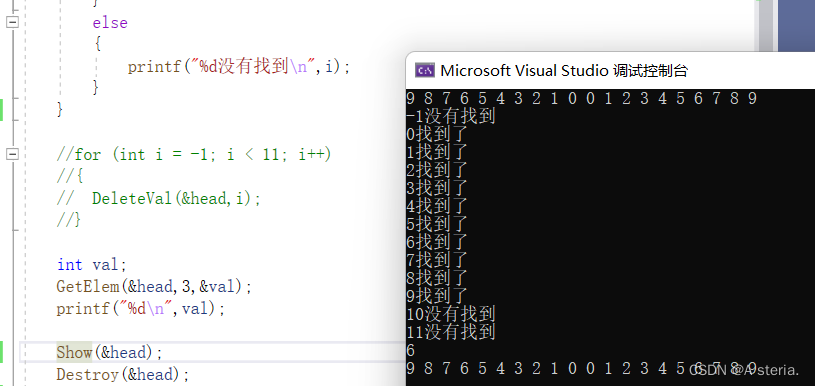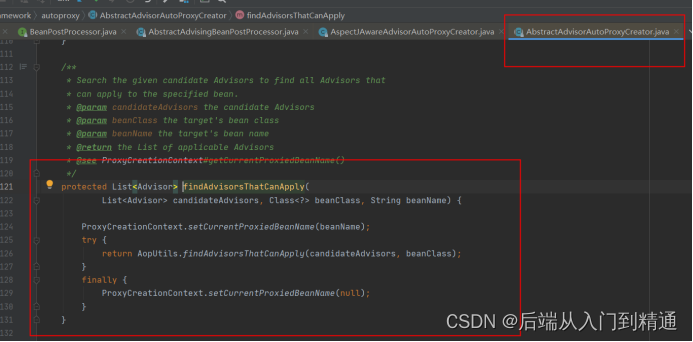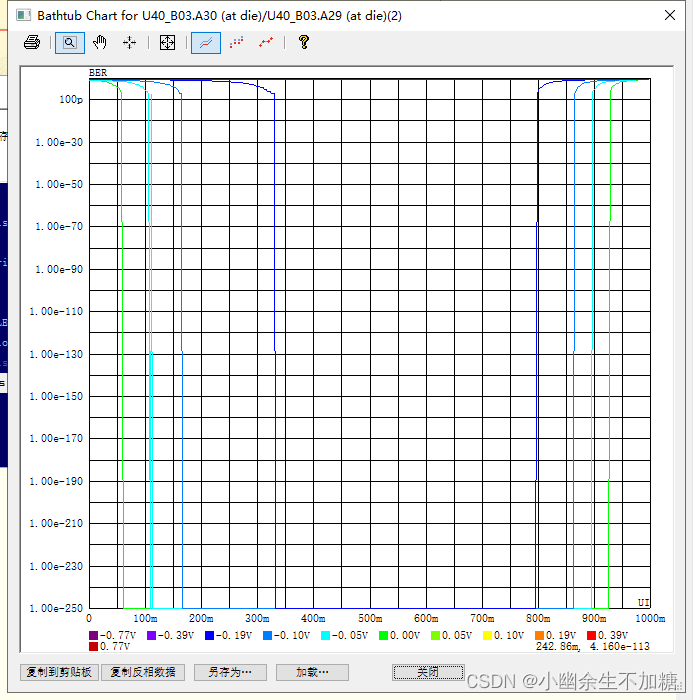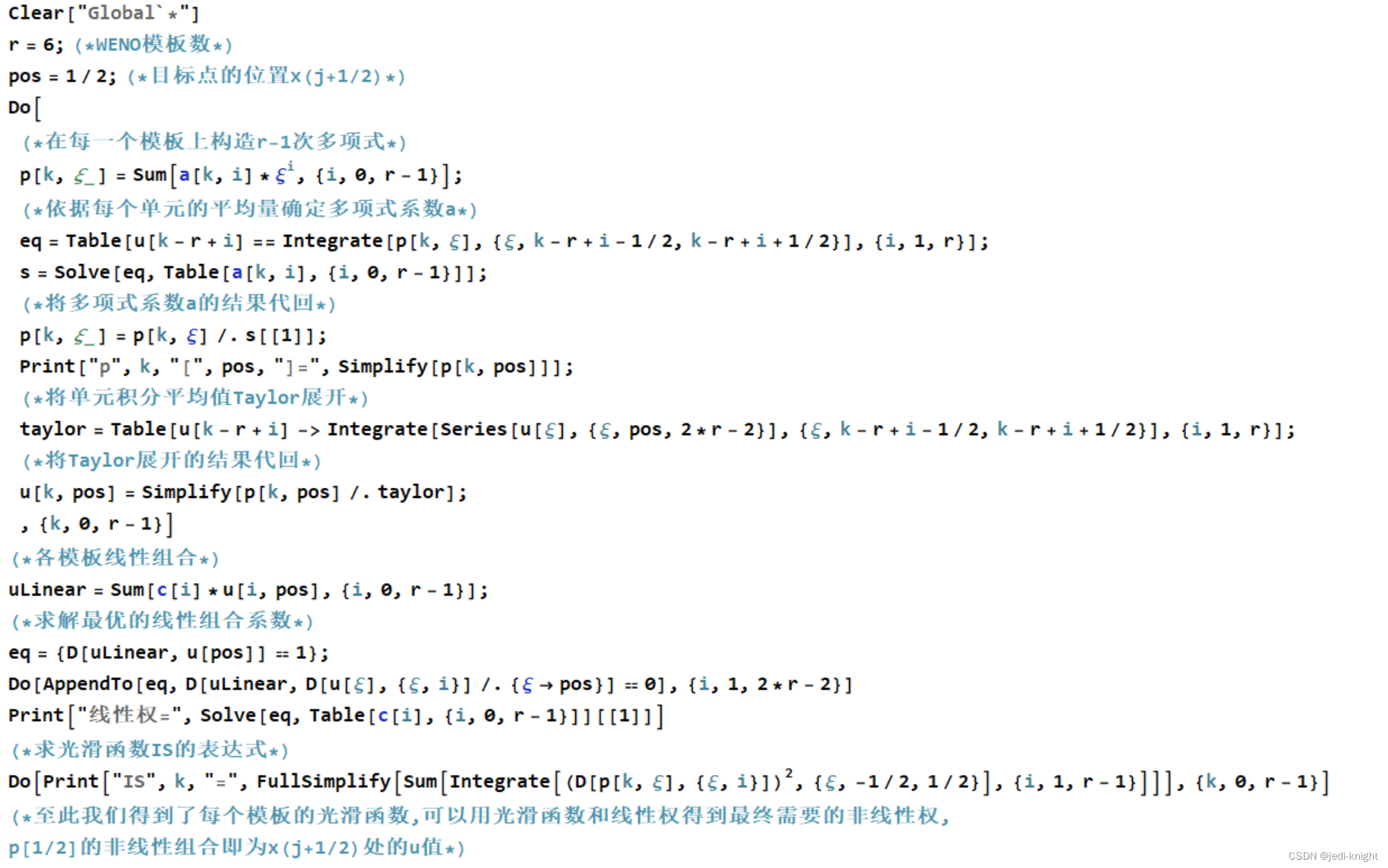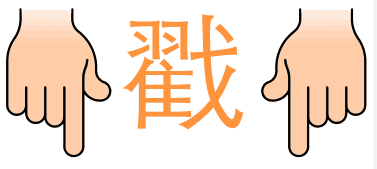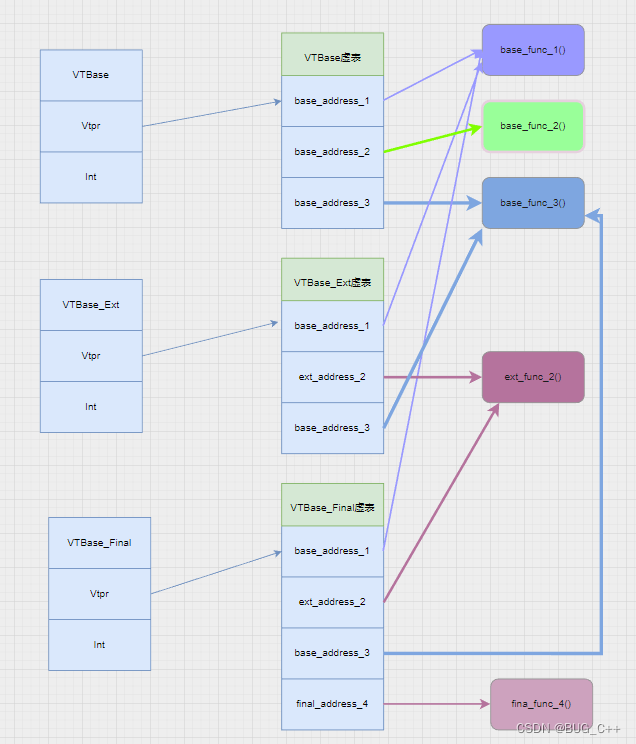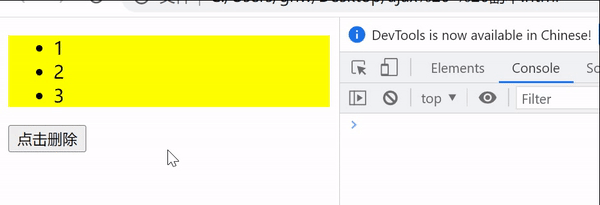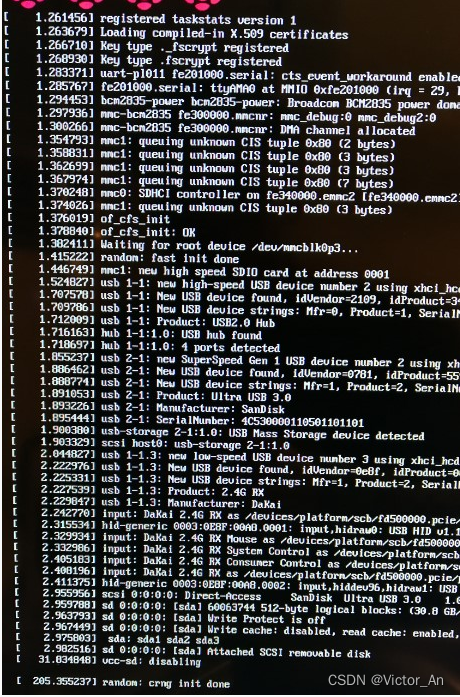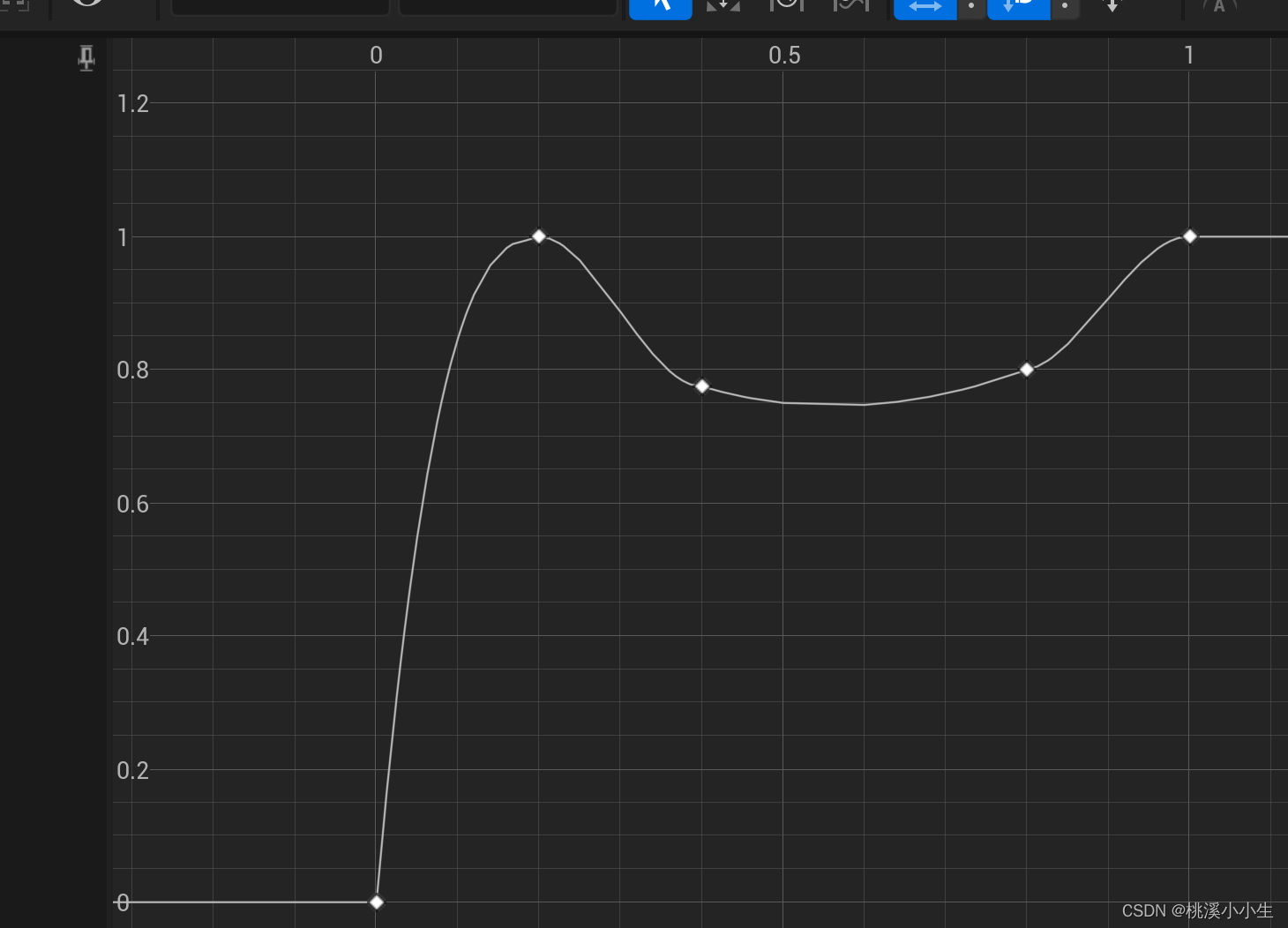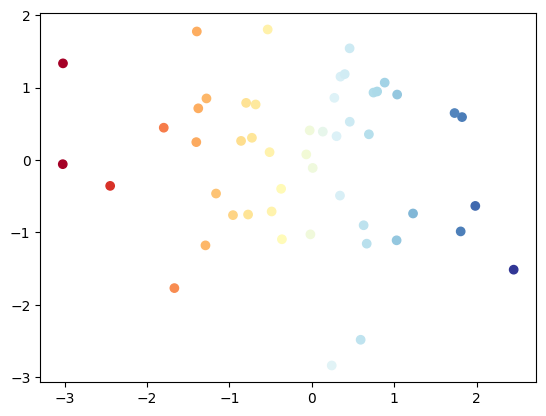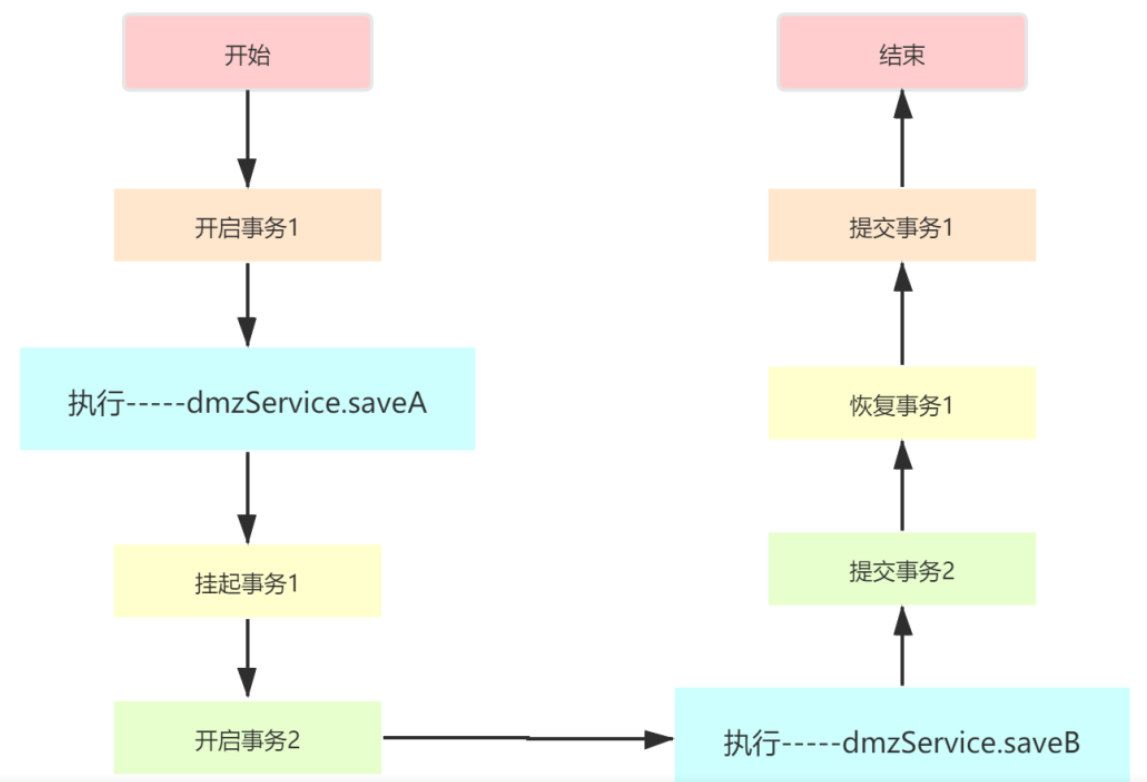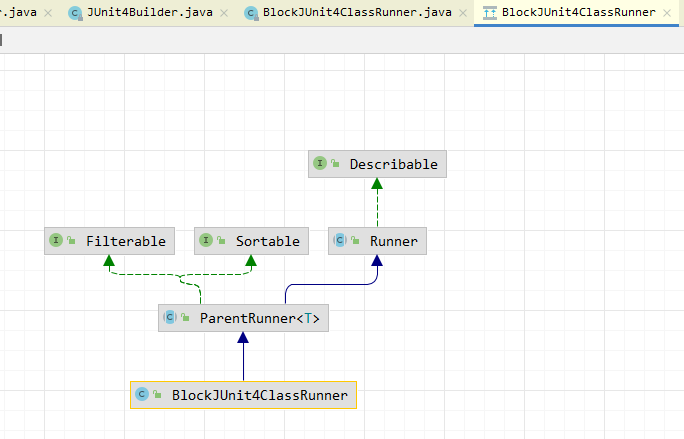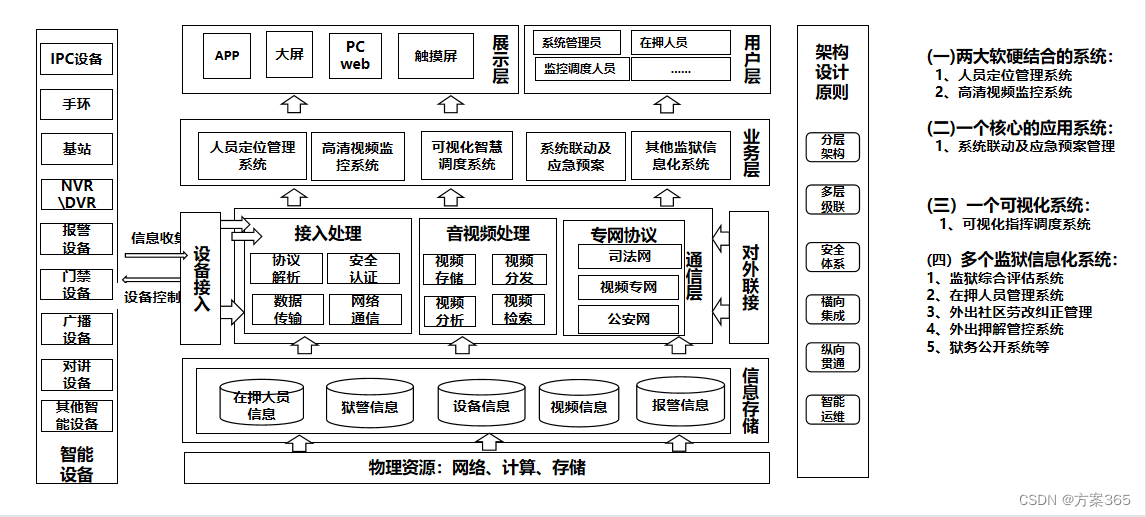目录
1.为什么要有循环链表
2.定义
3.循环链表和单链表的图示对比
4.循环链表和单链表的代码对比
5.循环链表的操作
1.clist.h
2.clist.cpp
1.初始化plist
2.往plist中头部插入数字val
3.往plist中的尾部插入数字val
4.在plist中查找val值,找到返回该节点地址,失败返回NULL
5.删除plist中的第一个val
6.判断plist是否为空链表(没有数据节点)
7.获取plist长度,数据节点的个数
8.获取plist链表的pos位置的值
9.获取val的前驱
10.获取val的后继
11.输出plist的所有数据
1.为什么要有循环链表
在单链表中我们是把结点遍历一遍后就结束了,为了使表处理更加方便灵活,我们希望通过任意一个结点出发都可以找到链表中的其它结点,因此我们引入了循环链表。
2.定义
将单链表中终端结点的指针端由空指针改为头结点,就使整个单链表形成了一个环,这种头尾相接的单链表称为循环链表。
简单理解就是形成一个闭合的环,在环内寻找自己需要的结点。
3.循环链表和单链表的图示对比
单链表:
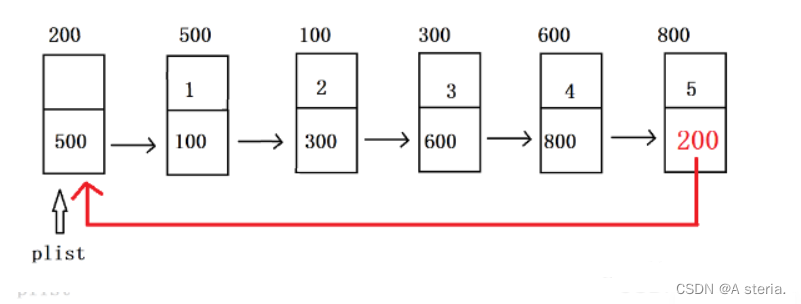
循环链表:
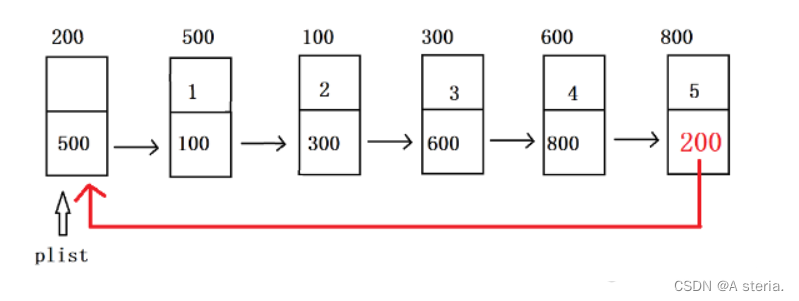
4.循环链表和单链表的代码对比
单链表:
typedef struct Node{ //定义单链表结点类型 int data; //数据域,可以是别的各种数据类型 struct Node *next; //指针域 }LNode, *LinkList;
循环链表:
typedef struct CNode//循环链表节点 { ElemType data;//数据 struct CNode* next;//后继指针 }CNode ,*CList;
5.循环链表的操作
//带头结点的循环链表,其尾节点的后继为头结点(不是NULL)
//节点的结构和单链表一样
1.clist.h
#pragma once
typedef int ElemType;
typedef struct CNode//循环链表节点
{
ElemType data;//数据
struct CNode* next;//后继指针
}CNode ,*CList;
//初始化plist
void InitList(CList plist);
//往plist中头部插入数字val
bool Insert_head(CList plist, ElemType val);
//往plist中的尾部插入数字val
bool Insert_tail(CList plist, ElemType val);
//在plist中查找val值,找到返回该节点地址,失败返回NULL
CNode* Search(CList plist, ElemType val);
//删除plist中的第一个val
bool DeleteVal(CList plist, ElemType val);
//判断plist是否为空链表(没有数据节点)
bool IsEmpty(CList plist);
//获取plist长度,数据节点的个数
int GetLength(CList plist);
//获取plist链表的pos位置的值
bool GetElem(CList plist, int pos, int* rtval);//rtval:输出参数
//获取val的前驱
CNode* Prior(CList plist, ElemType val);
//获取val的后继
CNode* Next(CList plist, ElemType val);
//输出plist的所有数据
void Show(CList plist);
//清空数据
void Clear(CList plist);
//销毁
void Destroy(CList plist);2.clist.cpp
1.初始化plist
oid InitList(CList plist)
{
assert(plist != NULL);
if (plist == NULL)
return;
//数据域不使用
plist->next = plist;
}
2.往plist中头部插入数字val
这里我们需要思考一下当链表为空时是否适用:这里明确告诉大家不管是否是空链表,这两行代码均可以使用,下面给大家用示意图表示一下;
不是空链:
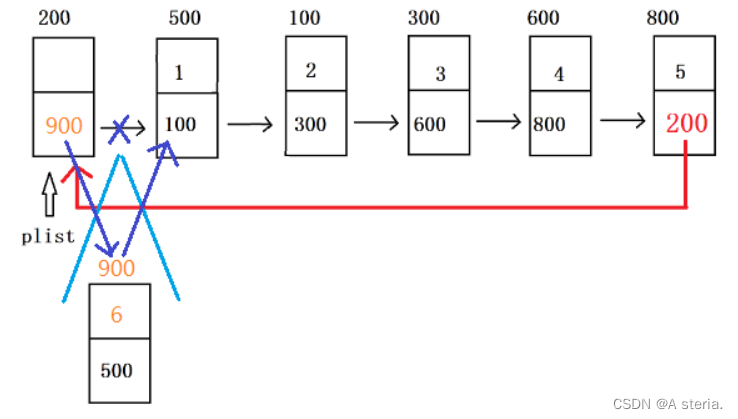
是空链:
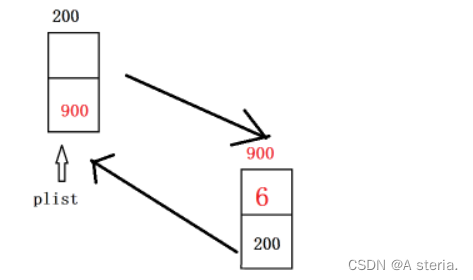
bool Insert_head(CList plist, ElemType val)
{
//1.动态申请一个新的节点
CNode* p = (CNode*)malloc(sizeof(CNode));
assert(p != NULL);
if (p == NULL)
return false;
//2.把数据存放在新节点中
p->data = val;
//3.把新节点插入在头结点后面
p->next = plist->next;
plist->next = p;
return true;
}3.往plist中的尾部插入数字val
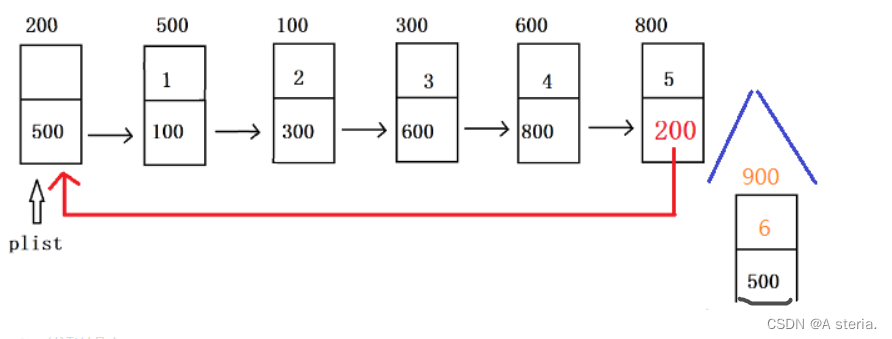
bool Insert_tail(CList plist, ElemType val)
{
//1.创建新节点并赋值
CNode* p = (CNode*)malloc(sizeof(CNode));
assert(p != NULL);
if (p == NULL)
return false;
p->data = val;
//2.找到尾节点
CNode* q;
for (q = plist; q->next != plist; q = q->next)
;
//3.插入新节点.把p插入在q的后面
p->next = q->next;
q->next = p;
return true;
}与单向链表的插入不同,循环单链表插入时只能往表头节点的后面插入,由初始结构可知,想完成插入操作,必须先找到要插入位置的前一个节点,然后修改相应指针即可完成操作。
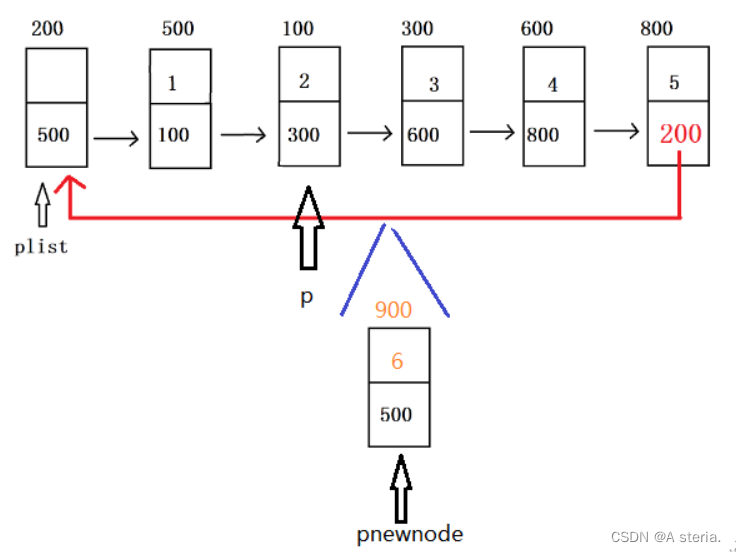
4.在plist中查找val值,找到返回该节点地址,失败返回NULL
CNode* Search(CList plist, ElemType val)
{
for (CNode* p = plist->next; p != plist; p = p->next)
{
if (p->data == val)
return p;
}
return NULL;
}5.删除plist中的第一个val
bool DeleteVal(CList plist, ElemType val)
{
CNode* p = Prior(plist, val);
if (p == NULL)
return false;
CNode* q = p->next;//保存需要删除的节点
p->next = q->next;//剔除q
free(q);//释放节点
return true;
}6.判断plist是否为空链表(没有数据节点)
bool IsEmpty(CList plist)
{
return plist->next == plist;
}7.获取plist长度,数据节点的个数
int GetLength(CList plist)
{
int count = 0;//计数器
for (CNode* p = plist->next; p != plist; p = p->next)
count++;
return count;
}8.获取plist链表的pos位置的值
bool GetElem(CList plist, int pos, int* rtval)//rtval:输出参数
{
if (pos < 0 || pos >= GetLength(plist))
return false;
CNode* p = plist->next;
for (int i = 0; i < pos; i++)
{
p = p->next;
}
*rtval = p->data;
return true;
}9.获取val的前驱
CNode* Prior(CList plist, ElemType val)
{
for (CNode* p = plist; p->next != plist; p = p->next)
{
if (p->next->data == val)
return p;
}
return NULL;
}10.获取val的后继
CNode* Next(CList plist, ElemType val)
{
CNode* p = Search(plist,val);
if (p == NULL)
return NULL;
return p->next;
}11.输出plist的所有数据
void Show(CList plist)
{
//从头到尾遍历数据节点
for (CNode* p = plist->next; p != plist; p = p->next)
{
printf("%d ",p->data);
}
printf("\n");
}#include <stdio.h>
#include "clist.h"
//#include <vld.h>//需要安装vld
int main()
{
CNode head;//循环链表的表头节点
InitList(&head);
for (int i = 0; i < 10; i++)
{
Insert_head(&head,i);//9 8 7 6 5 4 3 2 1 0
Insert_tail(&head,i);//0,1,2,3,4,5,6,7,8,9
}
Show(&head);
CNode* p;
for (int i = -1; i < 12; i++)
{
if ((p = Search(&head, i)) != NULL)
{
printf("%d找到了\n",i);
}
else
{
printf("%d没有找到\n",i);
}
}
//for (int i = -1; i < 11; i++)
//{
// DeleteVal(&head,i);
//}
int val;
GetElem(&head,3,&val);
printf("%d\n",val);
Show(&head);
Destroy(&head);
//Destroy(&head);
return 0;
}